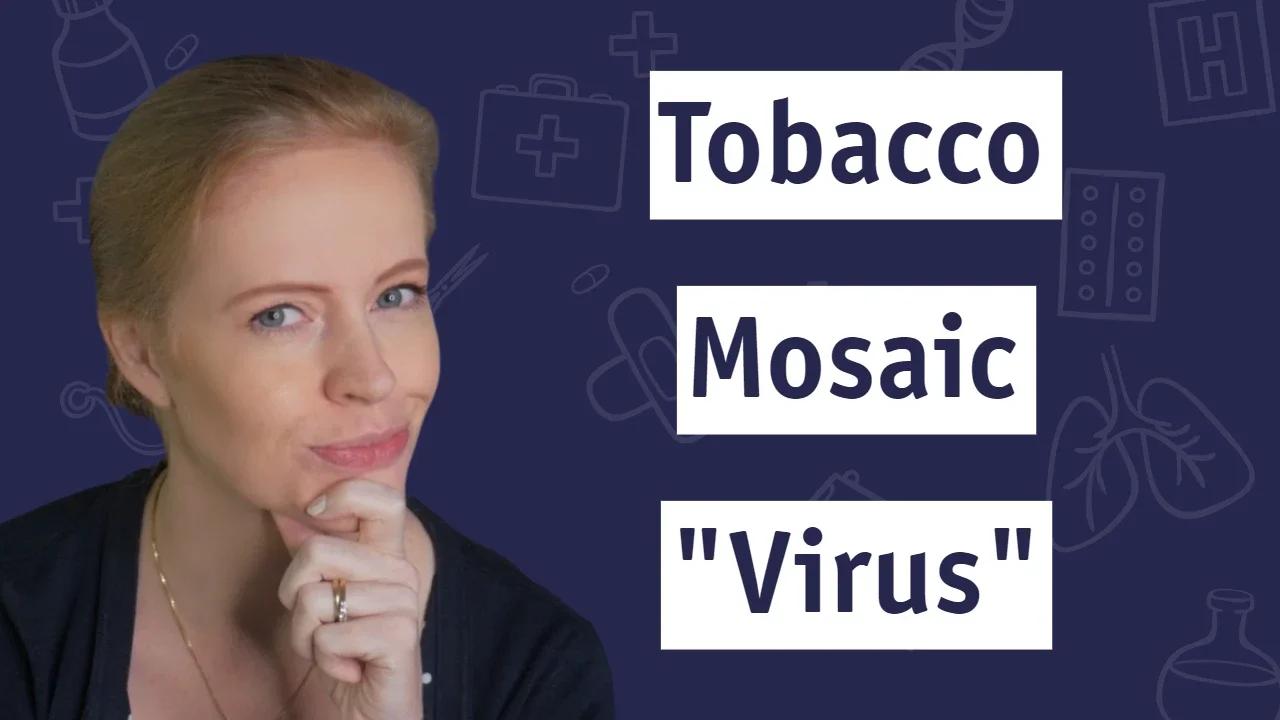That is issue. Powdery Mildew, and Botrytis are surface. Fusarium and pythium are internal. Usually roots prevent them from getting in, but a clone has a gaping hole inviting them. Not sure what can treat them through that hole. Tried TC'ing some and put in 10% household bleach for 10 minutes in stirrer, and major fusarium 3 days later.Great information mate,
How do you envision to get the HOCL into ALL plant cells though?
Viroids, like viruses don't have a metabolism which seems to be necessary to get the stuff to kill a pathogen like a bacterium? Just dunking cuts will be useless... the viroid will prevail inside the tissue I assume as it's not going into all cells? I imagine it would have to be fed into the phloem or xylem in order to be distributed throughout the plant?
Other than that I've read on another thread here that hop latent virus is also in seeds from infected plants and only chance to save a mom would be to take a cut from the fastest growing shoots as the plant can technically outrun the virus in fresh shoots, where the viroid takes a bit of time to catch up and spread to those fast growing tips. But not an expert whatsoever, all anecdotal.
Best
CC
Any plant is feasibly salvageable, through apical meristem tissue culture. It is done with very top of plant, then dissected under microscope, in sterile environment, removing leaves till a piece the size of a deer tick is left. Problem with that method is it takes 6 to 12 months to grow out to a normal size clone. Only good thing is at one point it can be chopped up to create dozens of plants, instead of just one. To do cheap is probably a grand in equipment. To do right about $2K.



